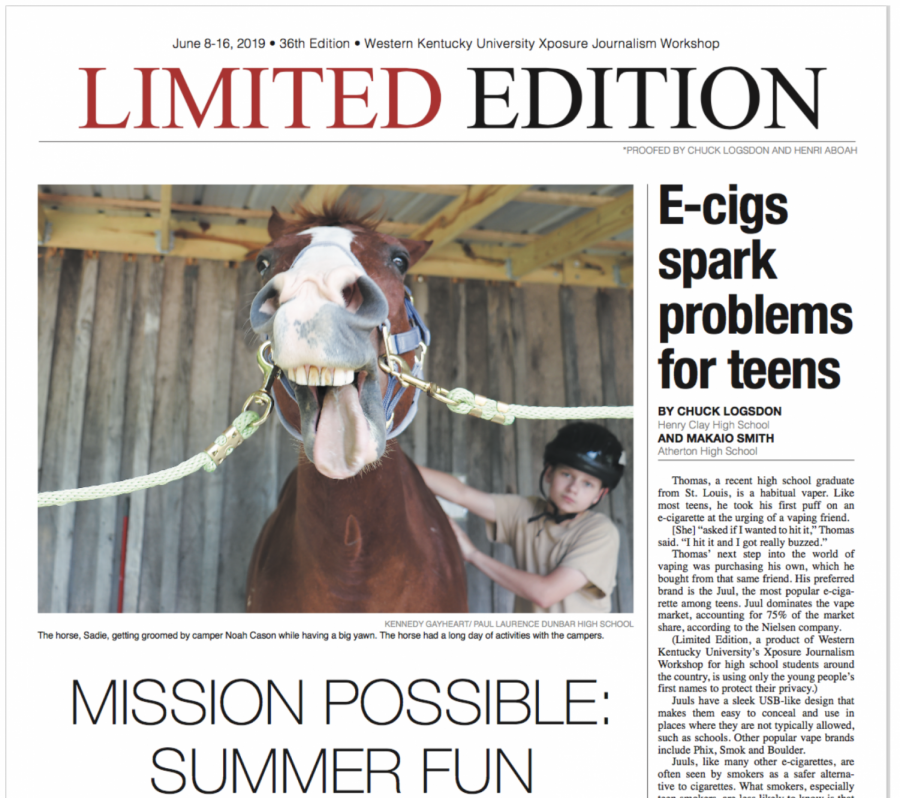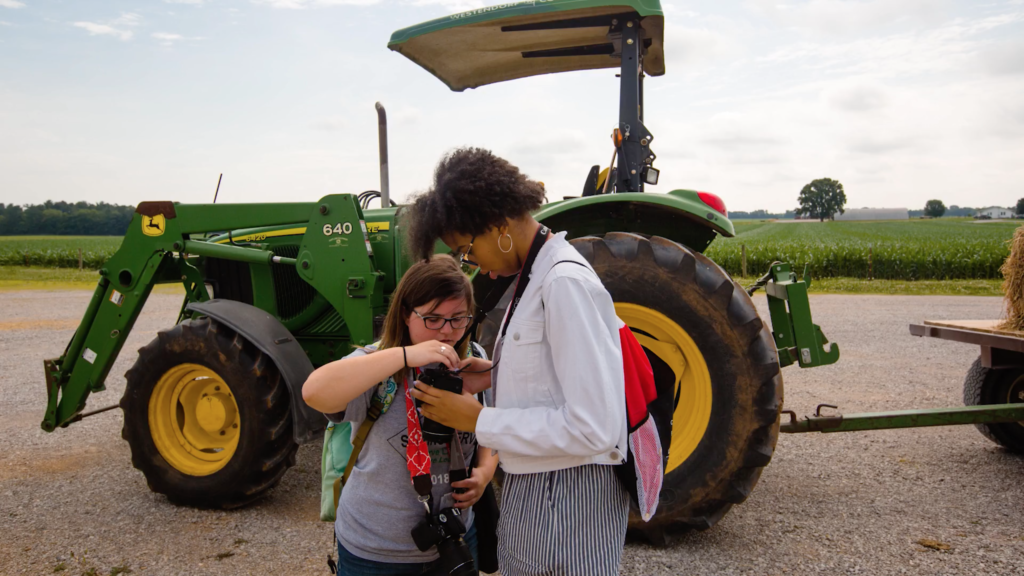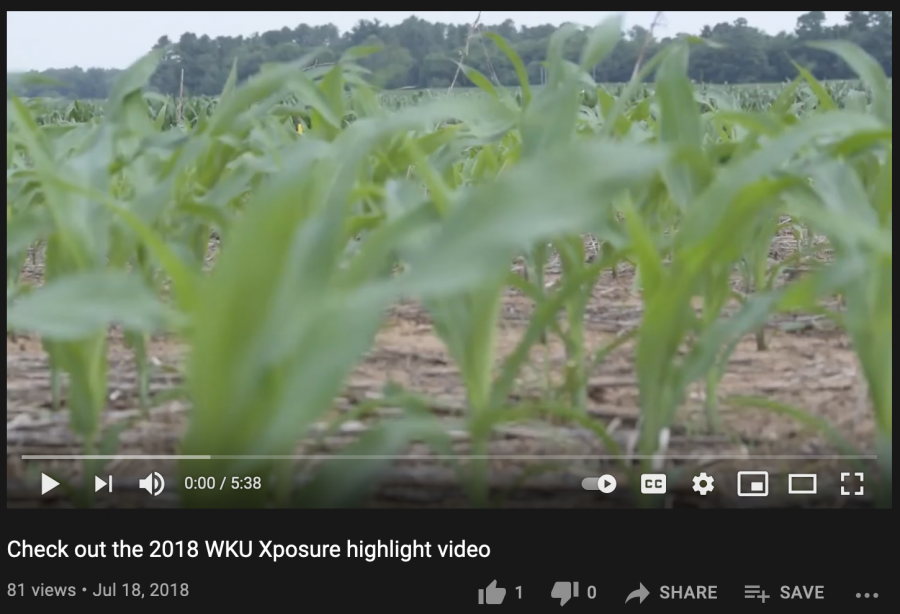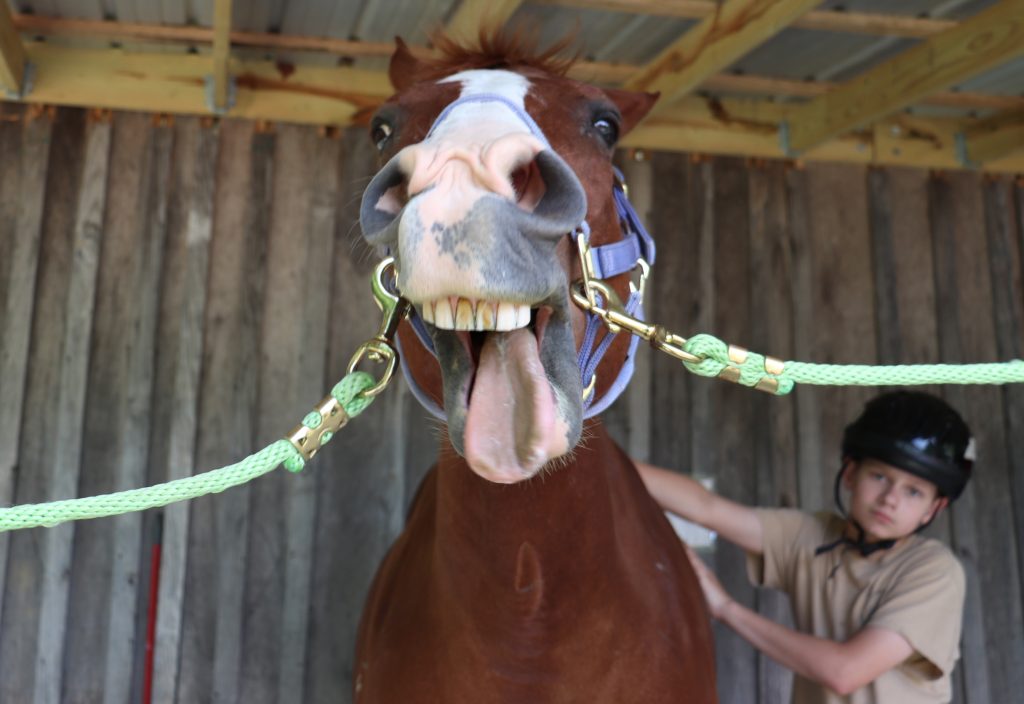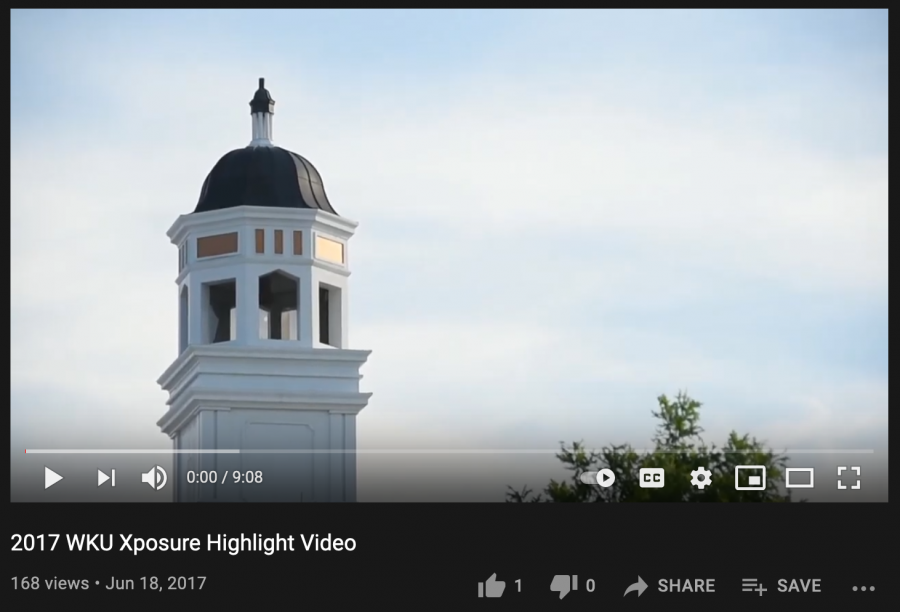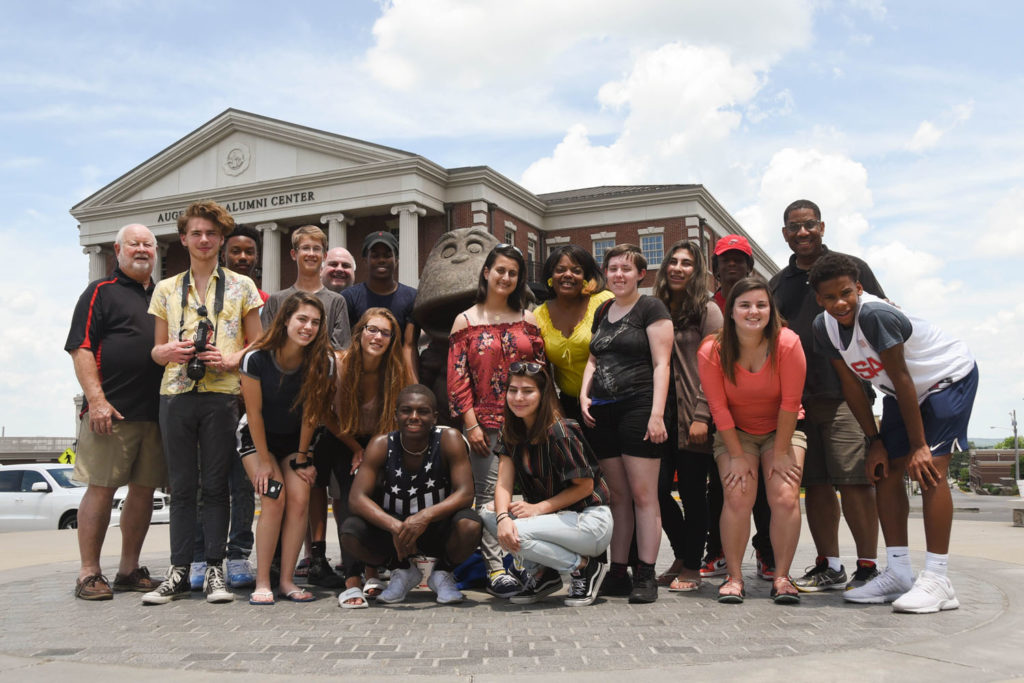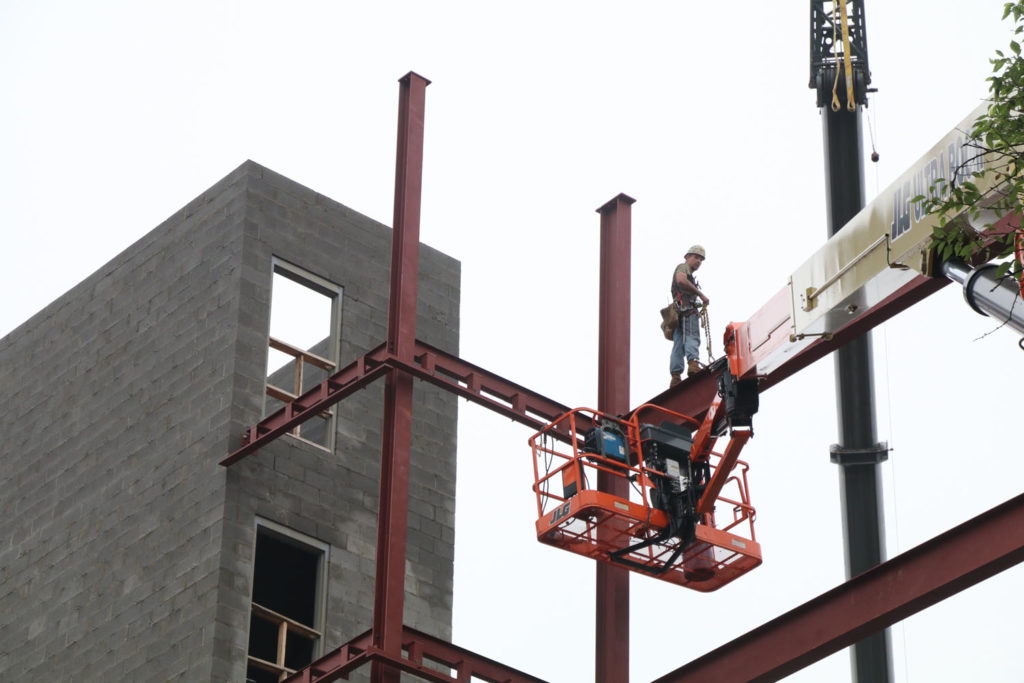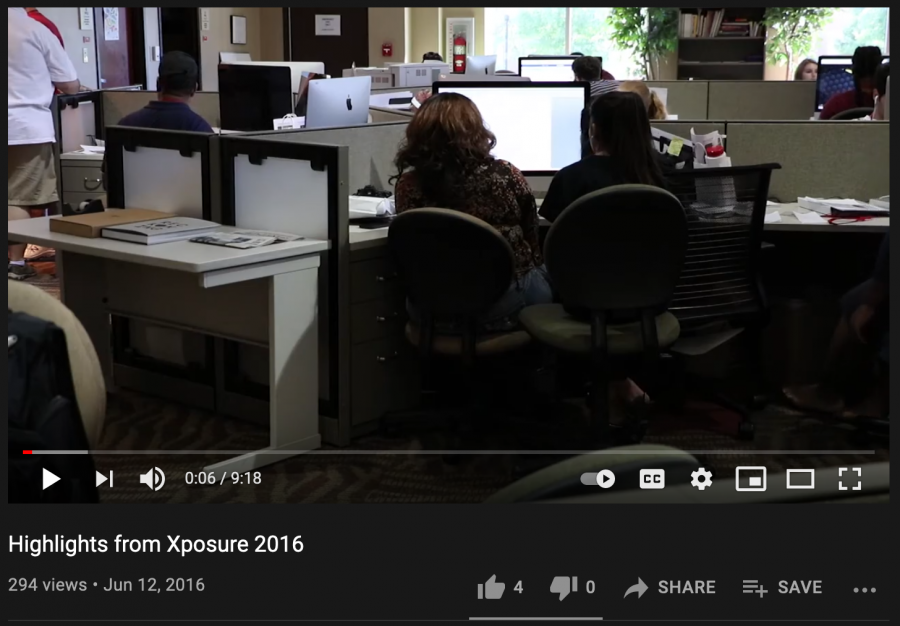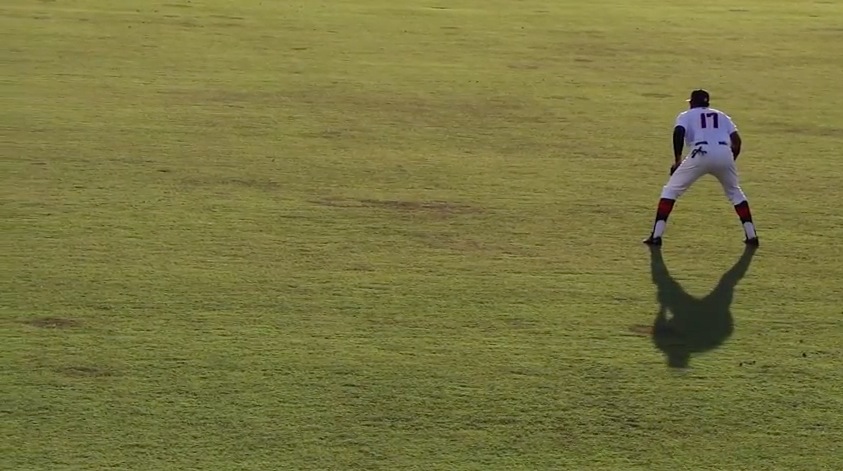Written by Eden Jordan
One of the ecosystem’s top pest controlling mammals is in trouble.
Bats have recently been placed on the endangered species list. There are several causes that have led to this. One contributor is White Nose Disease. A fungus called Pseudogymnoascus destructans causes the disease.
It was found in the WKU research cave, Crumps Cave, on February 10, after a team of National Park Service scientists visited the site. White Nose Syndrome has been a prominent contagion amongst the U.S. bat population since 2006.
Bats that are infected by the syndrome are said to have a white fungus on their nose, wings, ears or tail. This fungus grows in the cold environments where bats hibernate. The syndrome causes fat reserves in infected bats to deplete, which are imperative to their survival during hibernation. Due to this loss in fat reserves, the bats must then leave their hibernacula, or place used by dormant animals during hibernation, during the winter. This leads to their death.
“One of the more encouraging findings since we last wrote is that bats can recover from WNS infection, but recovery is a physiologically challenging process that requires time and energy,” said in an article from BioMed Central.
The bat population has suffered severe losses since 2006. This information is alarming because of bats’ role in the ecosystem. Bats are helpful in decreasing the number of mosquitoes and other bugs. If these mammals go extinct, there will be a rise in pests. The U.S. could possibly be faced with a mild infestation because there will not be as many predators after these specific bug groups, mainly mosquitoes.
Furthermore, any people that plan to visit the caves are encouraged to make sure their gear is clean in order to avoid further contamination. There is no cure to the disease, so scientists have decided not to disturb the bats. There will not be any separation between the sick or healthy bats.
“The bats that survive are going to need as many friends as they can get,” Rick Toomey, director of Mammoth Cave International Center for Science and Learning, said in an article in the Herald.


